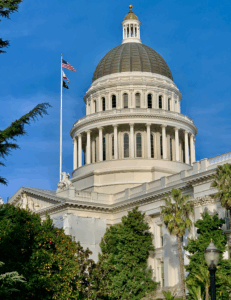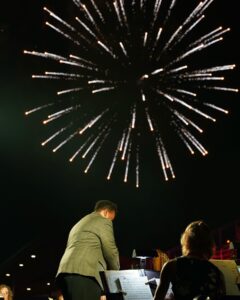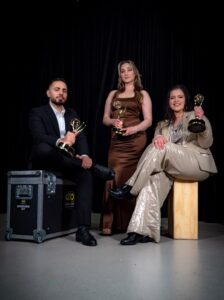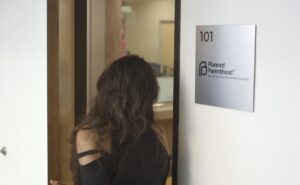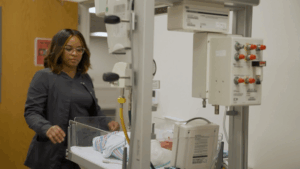Reenactment of historic Lopez v. Seccombe desegregation case is planned in San Bernardino on September 15
3 min read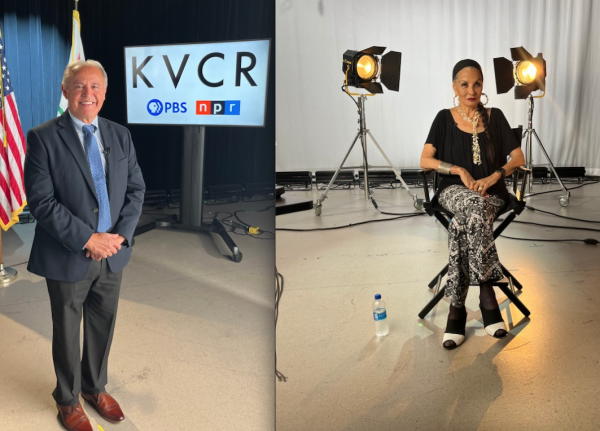
Superior Court of San Bernardino County Judge John M. Pacheco and Former Mayor of San Bernardino Judith Valles recounting their experiences with segregation at KVCR studios in San Bernardino.
While it has been 78 years since the 1944 ruling of the historic Lopez v. Seccombe case, which desegregated city parks and recreational facilities in San Bernardino, a reenactment of the case is being held at Mitla’s Cafe on September 15.
The event, which will reenact arguments and the ruling, is aptly scheduled on the first day of National Hispanic Heritage Month and one day before Mexican Independence Day.
Specifically, the case was filed after three Mexican-American males between the ages of 13 and 16 were refused entry into San Bernardino’s Perris Hill Park Plunge because Mexicans were only allowed.
“Mexicans were only allowed to use The Plunge one day per week, the day before the water was cleaned. On September 1, 1943, the three boys were refused entry into the facility upon the fact that they were of Mexican descent,” said Superior Court of San Bernardino County Judge John M. Pacheco.
According to official court documents, the respondents’ conduct was illegal and in violation of the petitioner’s rights and privileges as guaranteed by the Constitution of the United States, mainly provided under the Fifth and Fourteenth Amendments.
Pacheco said this case set a precedent for other local desegregation issues, including the Mendez v. Westminster decision in 1947 and the Supreme Court decision of Brown v. Board of Education in 1954.
Iconic Mexican-American leaders in San Bernardino, such as Pacheco and San Bernardino’s First Hispanic Mayor Judith Valles, recently sat down with KVCR and Inland Empire Community News to discuss the importance of the Lopez v. Seccombe case and to detail their own experiences with segregation.
“When I was a child, my brother was killed in World War ll. His body was flown back to the United States, and my parents began planning his funeral services. Initially, my dad was coordinating, and everything was okay. Still, when my mom went into the mortuary in San Bernardino to make a payment, the employee asked her if she was Mexican, likely due to her accent and darker skin. My mom said yes, and they told her that Mexicans were not allowed to be buried there,” said Valles.
Valles became the first Latina to serve as president of a California college or university, the first Hispanic elected in the City of San Bernardino, and authored the critically-acclaimed book “As My Mother Would Say: Como Decia Mi Mama.”
As for Pacheco, he detailed the efforts and criticism he endured to become a superior court judge.
“Personally, growing up on the Westside of San Bernardino, I didn’t experience much segregation; it wasn’t until I went to college that I experienced it every day. I remember conversing with one of my professors and telling him that I wanted to be a judge, and he laughed hysterically. He said I needed to get a job as a landscaper outside of a courthouse, arrive bright and early so that when the attorneys and judges walk in, I can listen to how they talk,” Pacheco said.
Pacheco himself is coordinating the reenactment, which will take place in front of 150 local high school students and regional dignitaries on September 15.
More from the interview with Pacheco and Valles will be shared in the coming weeks as we celebrate National Hispanic Heritage Month.

